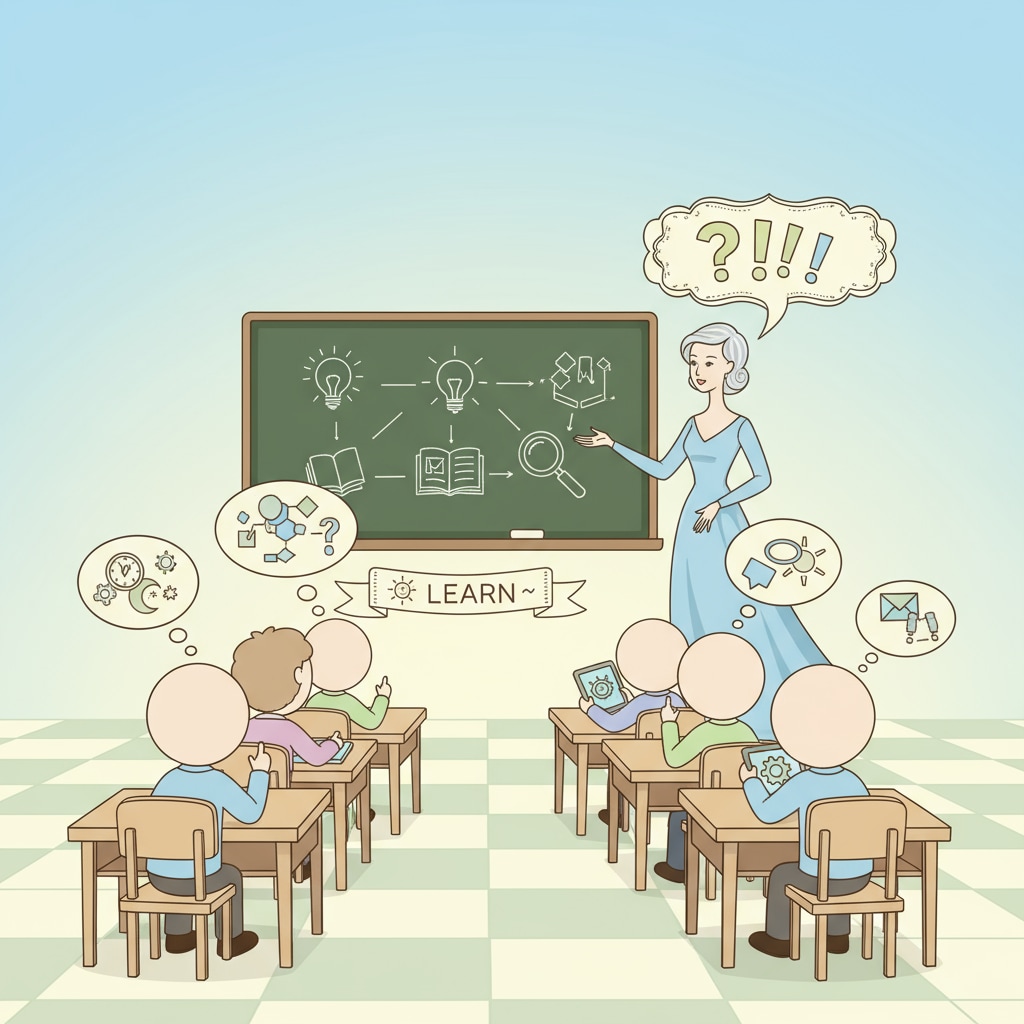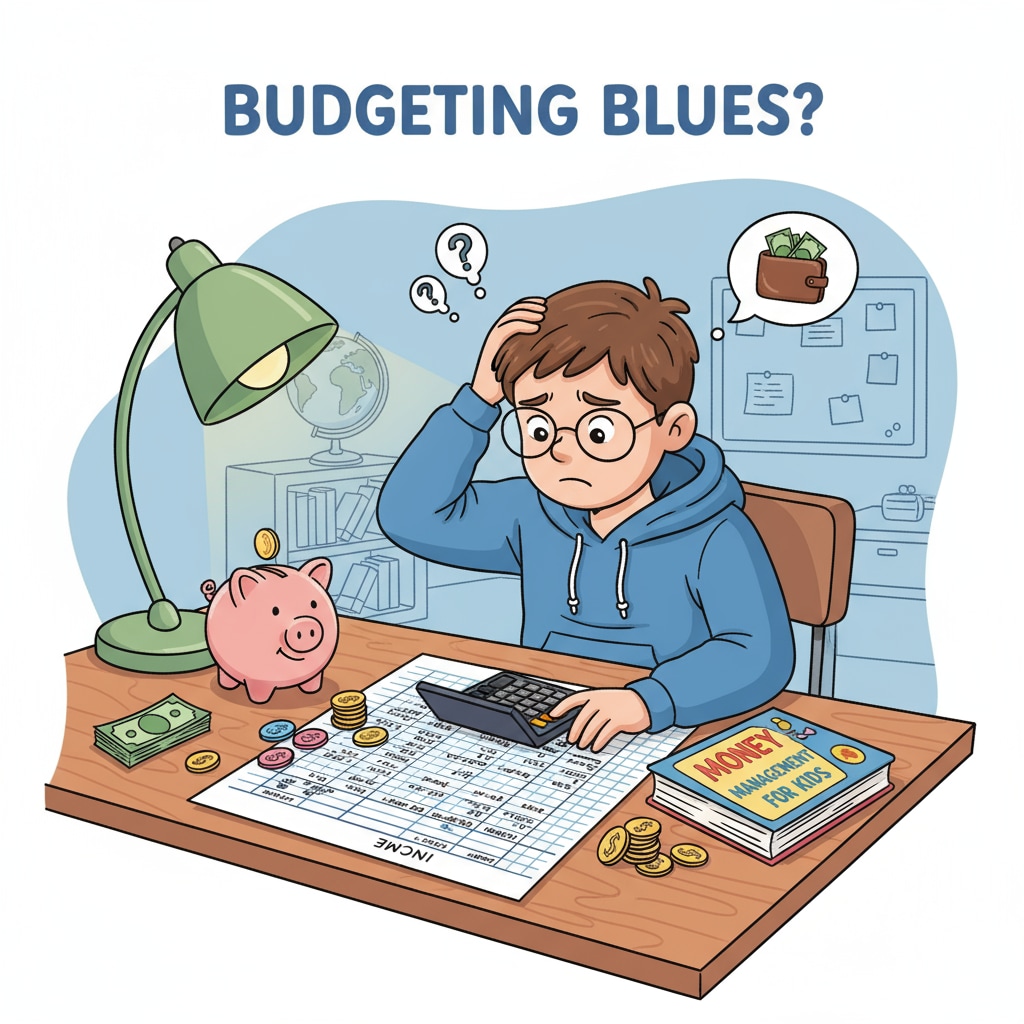School education, life skills, and practical knowledge are crucial aspects of a student’s development. However, in today’s K12 education system, there exists a significant disconnect between what is taught in the classroom and what is needed in real life. This gap has far – reaching consequences for students as they transition into adulthood.

The Disconnect in the K12 System
The K12 education system primarily focuses on academic knowledge such as mathematics, science, language arts, and social studies. While these subjects are fundamental, the emphasis is often on rote learning and passing exams. As a result, students are not adequately equipped with practical life skills. For example, financial literacy, which is essential for managing personal finances, is rarely taught comprehensively in schools. According to Britannica, education should be a holistic process that includes both academic and practical aspects. In addition, skills like cooking, home maintenance, and basic first aid, which are vital for independent living, receive little attention in the curriculum.

The Impact on Students
When students graduate from high school and enter the real world, they often face a steep learning curve. Without the necessary life skills, they struggle to handle day – to – day tasks. For instance, many young adults find it difficult to cook a simple meal or fix a minor plumbing issue in their homes. This lack of practical knowledge can also lead to financial problems, as they may not know how to budget, save, or manage debt. As a result, their confidence and ability to function independently are severely affected. Wikipedia states that the goal of education should be to prepare individuals for life, and this gap clearly shows that the current system is falling short.
Closing the Gap
To bridge the gap between school education and real – life skills, several steps can be taken. Firstly, schools should incorporate practical life skills courses into the curriculum. These courses could cover a wide range of topics, from financial management to home and personal care. Secondly, teachers can use real – world examples and projects to make academic lessons more relevant. For example, in a math class, students could solve practical problems related to budgeting or calculating mortgage payments. In addition, schools can collaborate with local businesses and community organizations to provide students with hands – on learning experiences, such as internships or volunteer work.
Readability guidance: The article has used short paragraphs to enhance readability. Each section focuses on a key aspect of the issue. Transition words like ‘however’, ‘for example’, ‘in addition’, and ‘as a result’ have been used to make the flow of the article smooth. Lists have been avoided to keep the text simple and easy to understand.


